That being said, many interesting sights and gustatory delights awaited. First stop, for lunch at Saint Quentin, did not disappoint.
There is an interesting explanation for the location of the Basilica of Saint Quentin on the exact summit of town: presumably the oxen carrying the corpse of the saint, who had been murdered on the way to Reims, from village to village stopped on that exact spot. This would have been late in the third century.
Saint Quentin the town struck us as a great place to live, big enough but not too big, with neighborhood features of real interest. There was no evidence anyone in this town had deliberately set out to work themselves to death but all the shops were open. One can get a really good coffee within a block of the basilica. The post office is conveniently located. The local macaroons are quite special. No one appeared to care if everything I said came out in a hopeless mash of asyntactic French, Spanish, hoots and muttering mixed with American. Aside from the flower beds, much of the Grand Place had been converted into a tropical desert-themed playground, half Tahiti and half North Africa, complete with little sand dunes. As Alex said, the people of Saint Quentin obviously care a lot about children.
And so on to Reims, an important administrative center for Roman Gaul and then for Christian Gaul, and subsequently the ritual coronation venue for the kings of France. To call Reims the heart of the ancien regime would be no exaggeration. Getting the dauphin crowned here was the aim of Jeanne D’Arc’s quest, and no causes live longer or more vividly in point of imagination than lost causes.
Reims is also a hot spot for wine tours, particularly champagne tours. We seriously considered enlisting in one of these tours but a little research revealed that the tours are mainly headed off to Epernay, the veritable Mecca of champagne. The tours sounded great. For a not unreasonable sum one can be chauffeured by knowledgeable guides from estate cellar to estate cellar. But Epernay itself is replete with open tasting rooms, so a tour is not vital. All one really needs is a thirst. We set off for Epernay with thirsts whetted to a razor-keen edge, and that will be the subject of my next blog post.
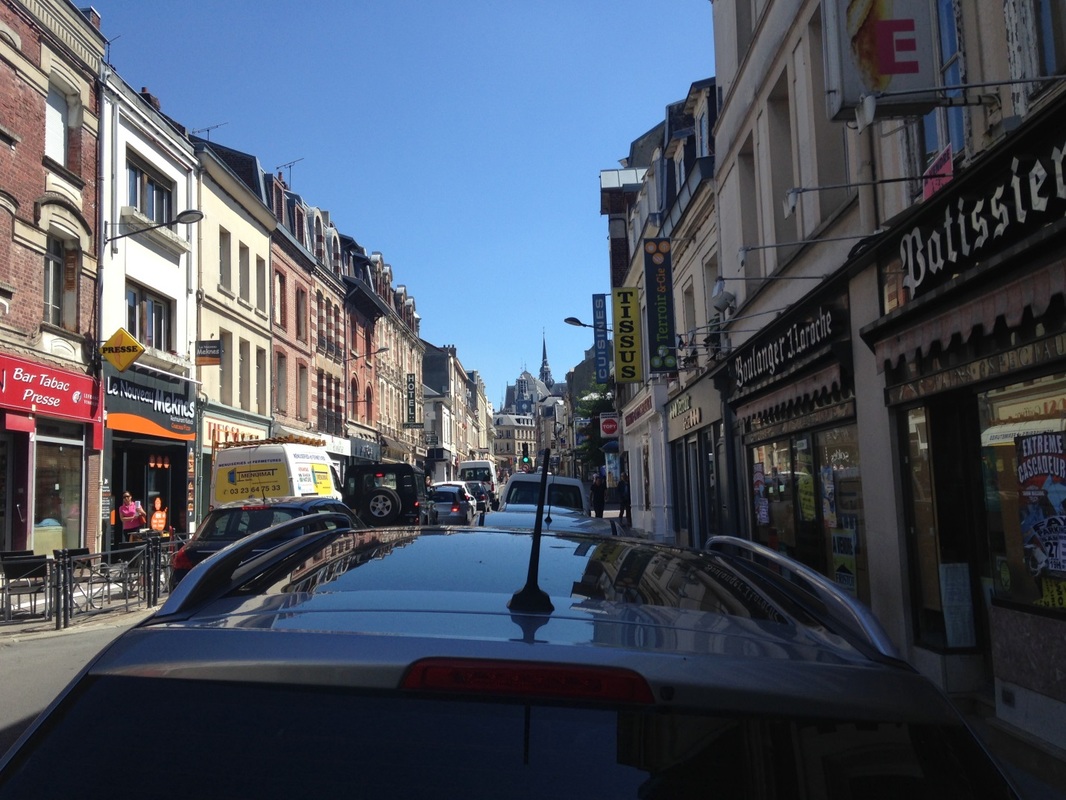
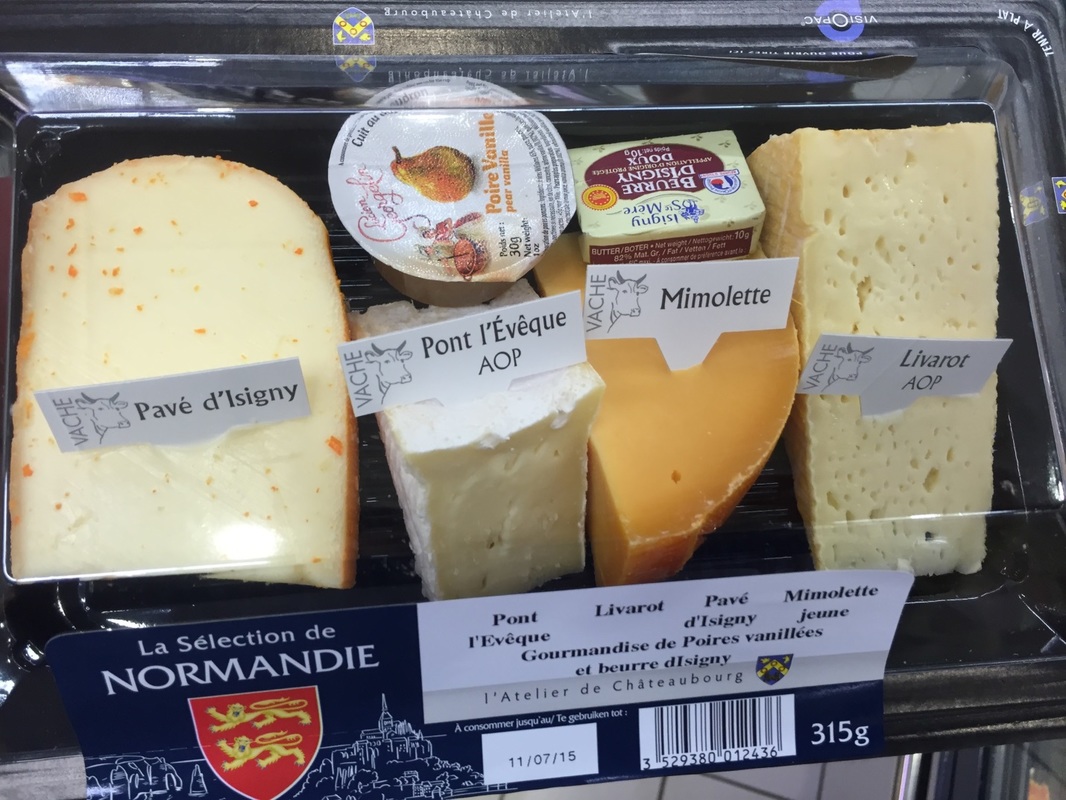
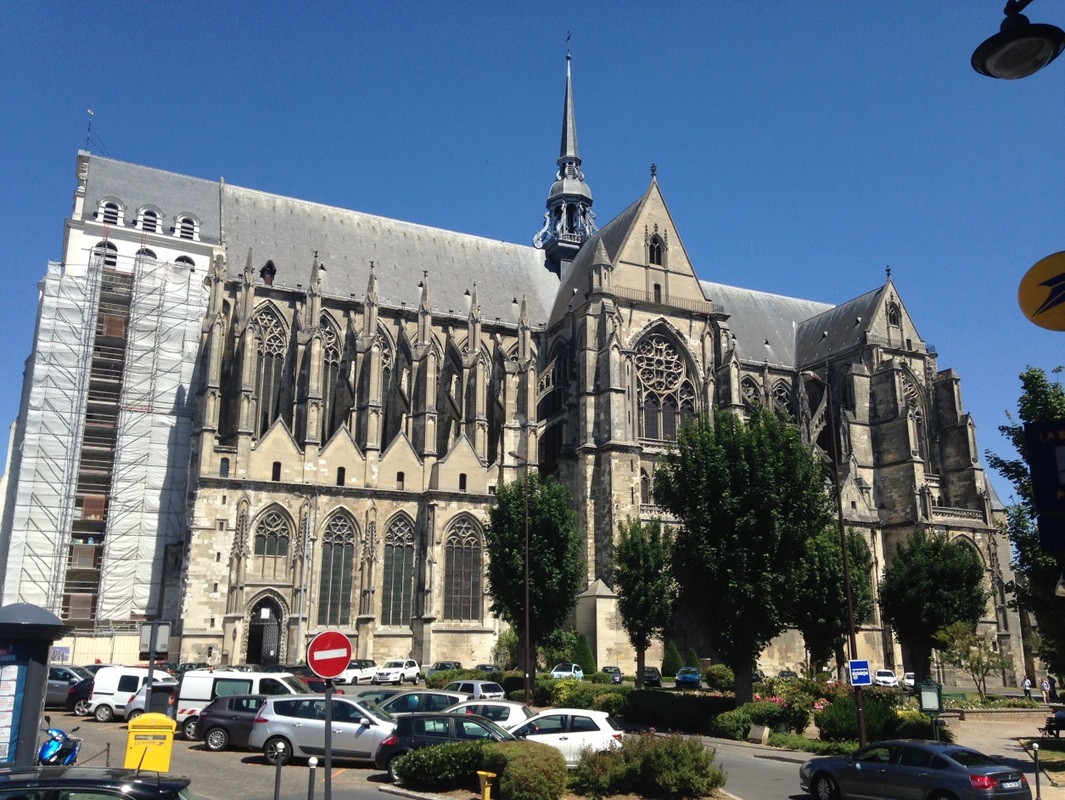
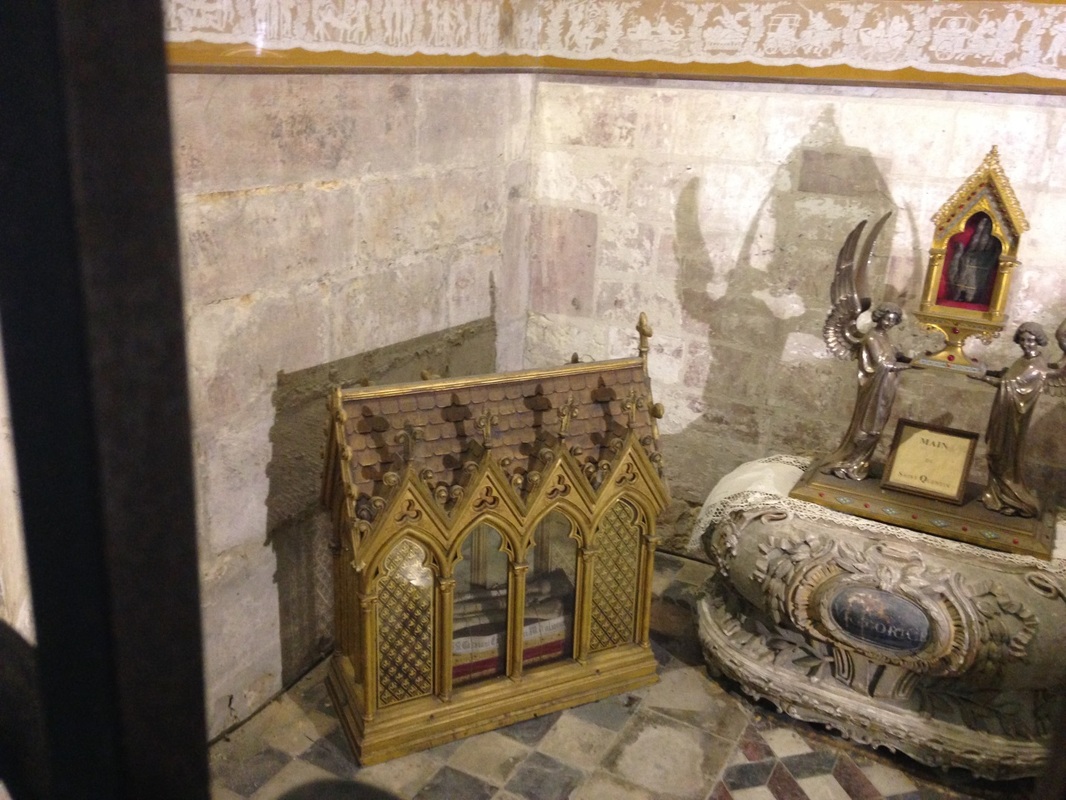
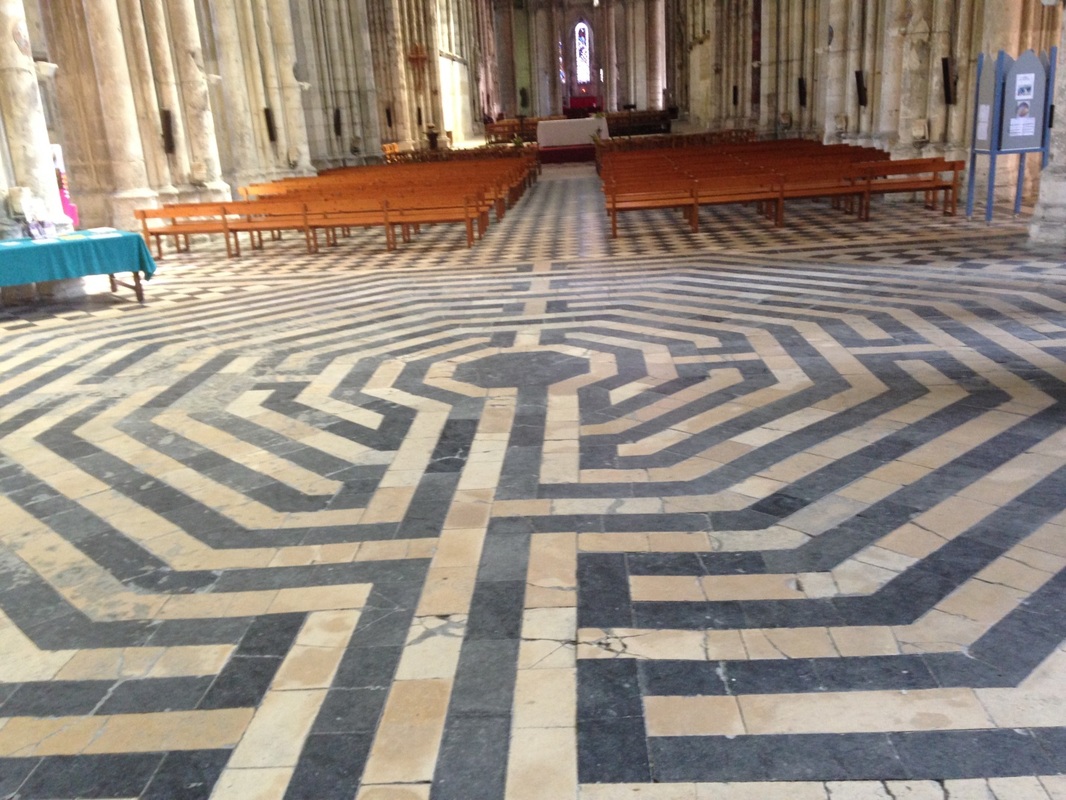
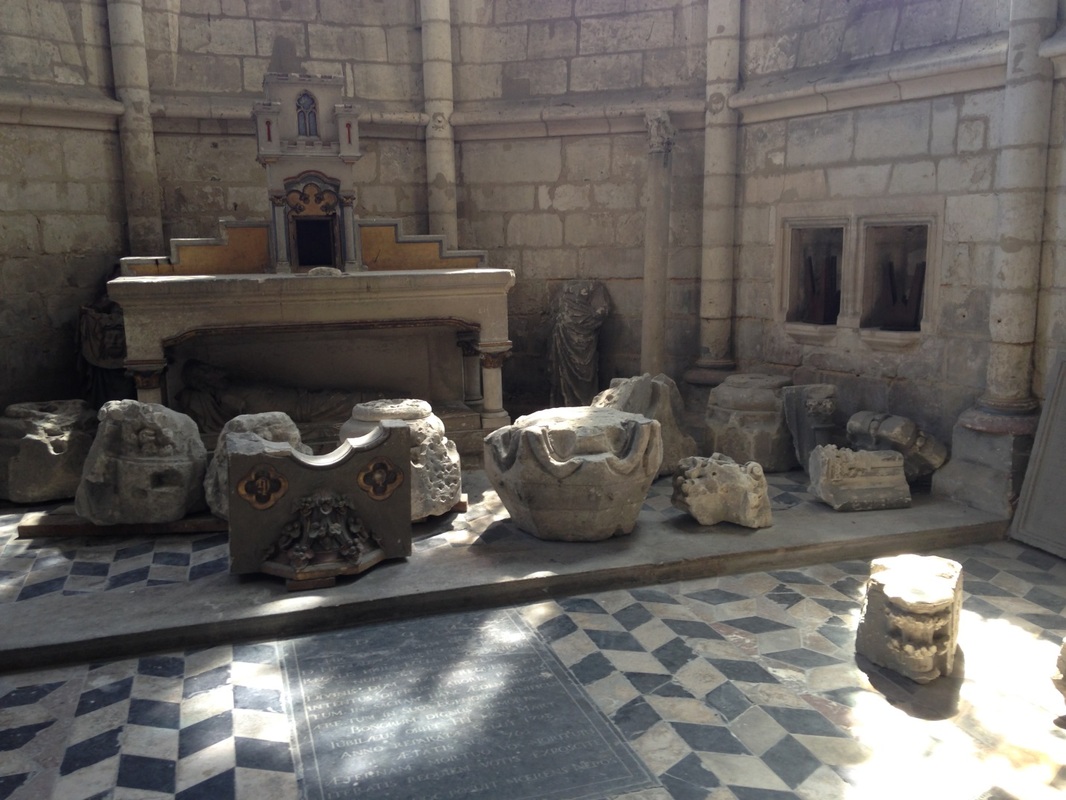
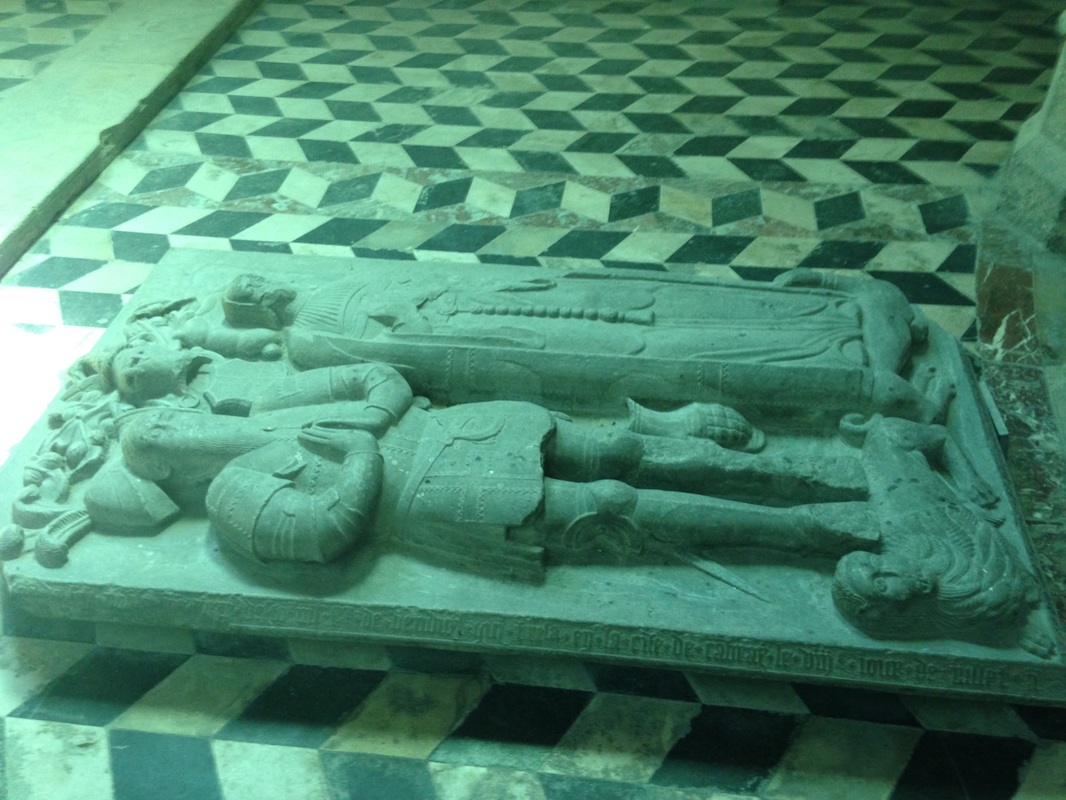
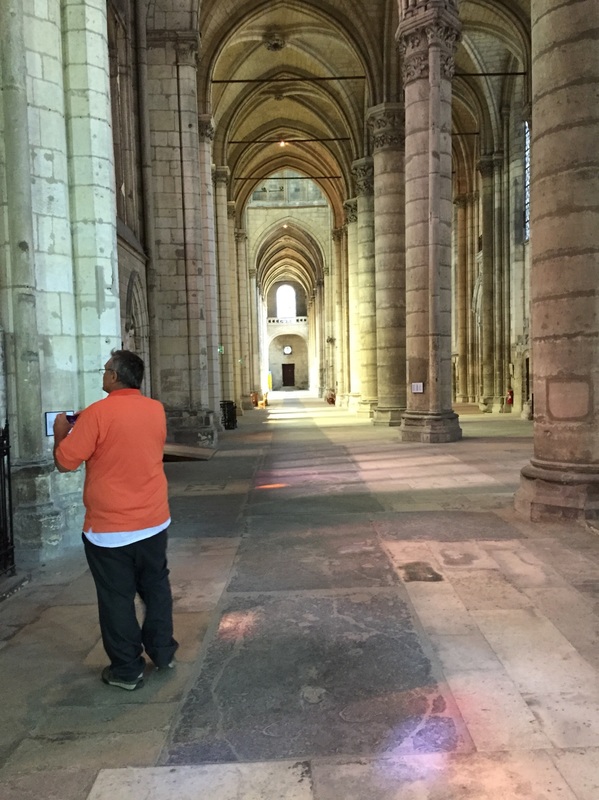
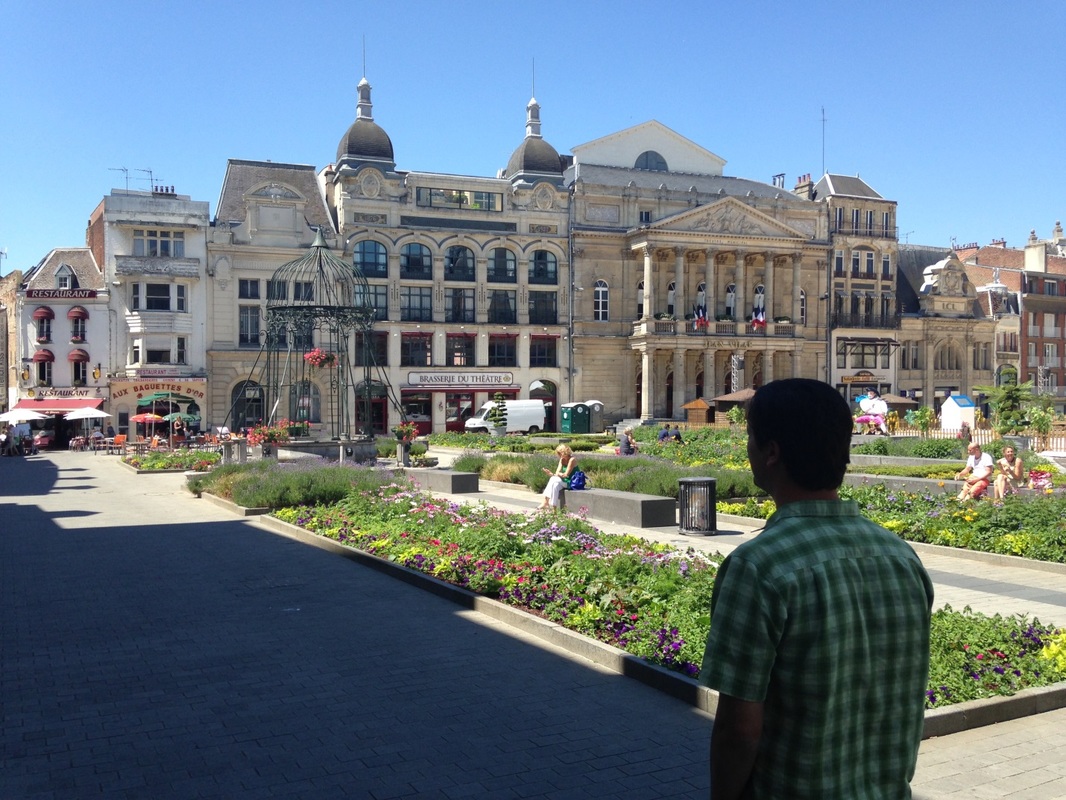
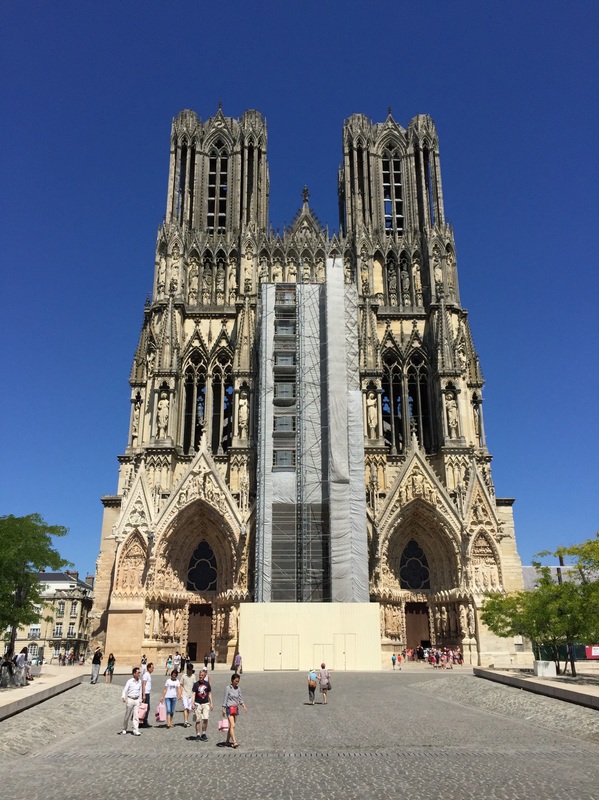
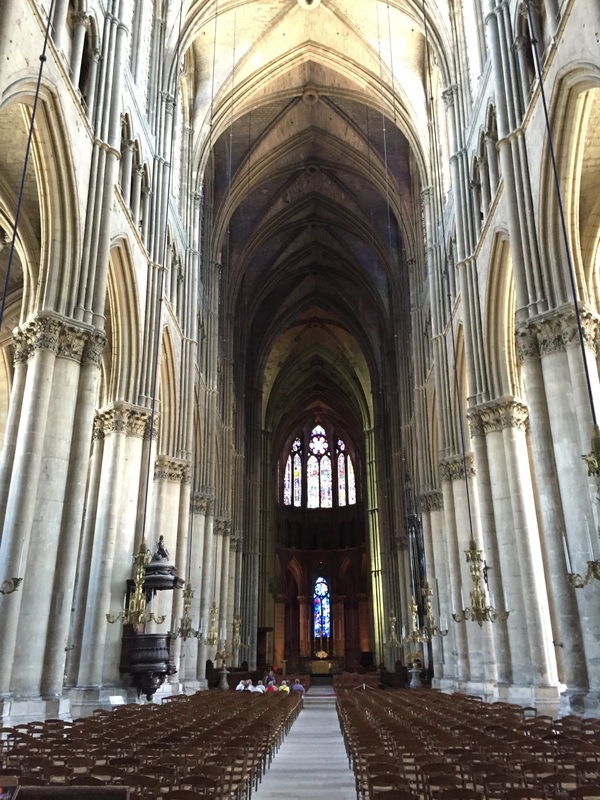
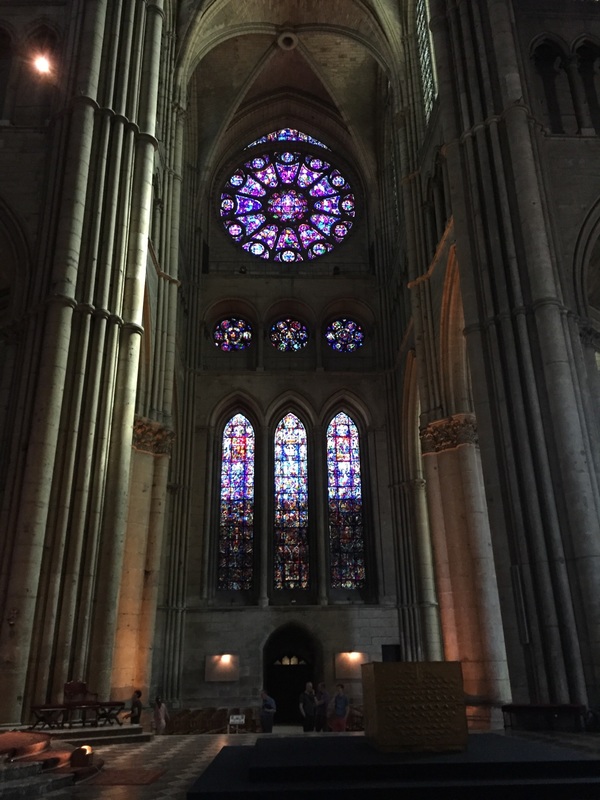
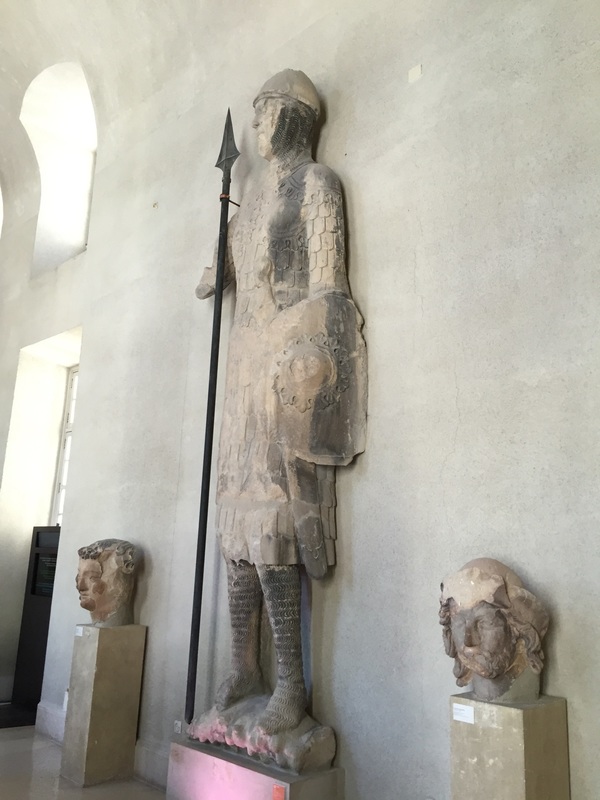

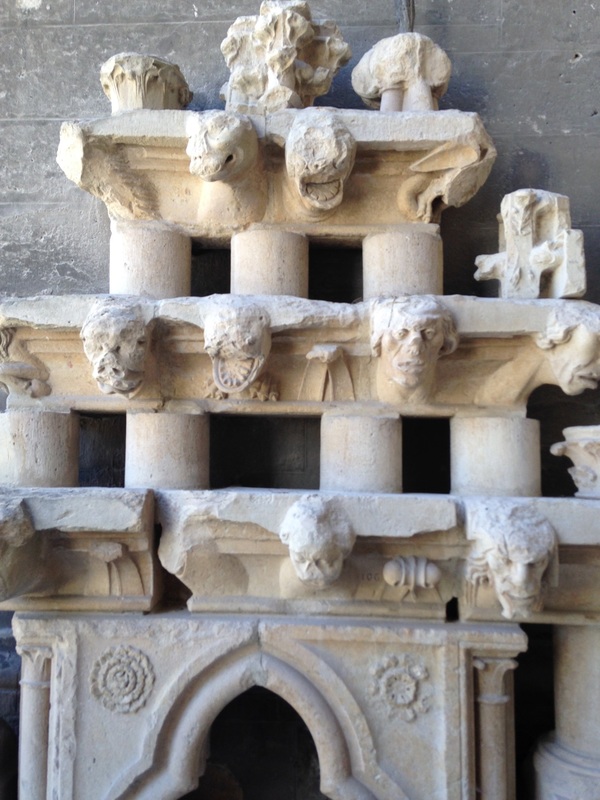
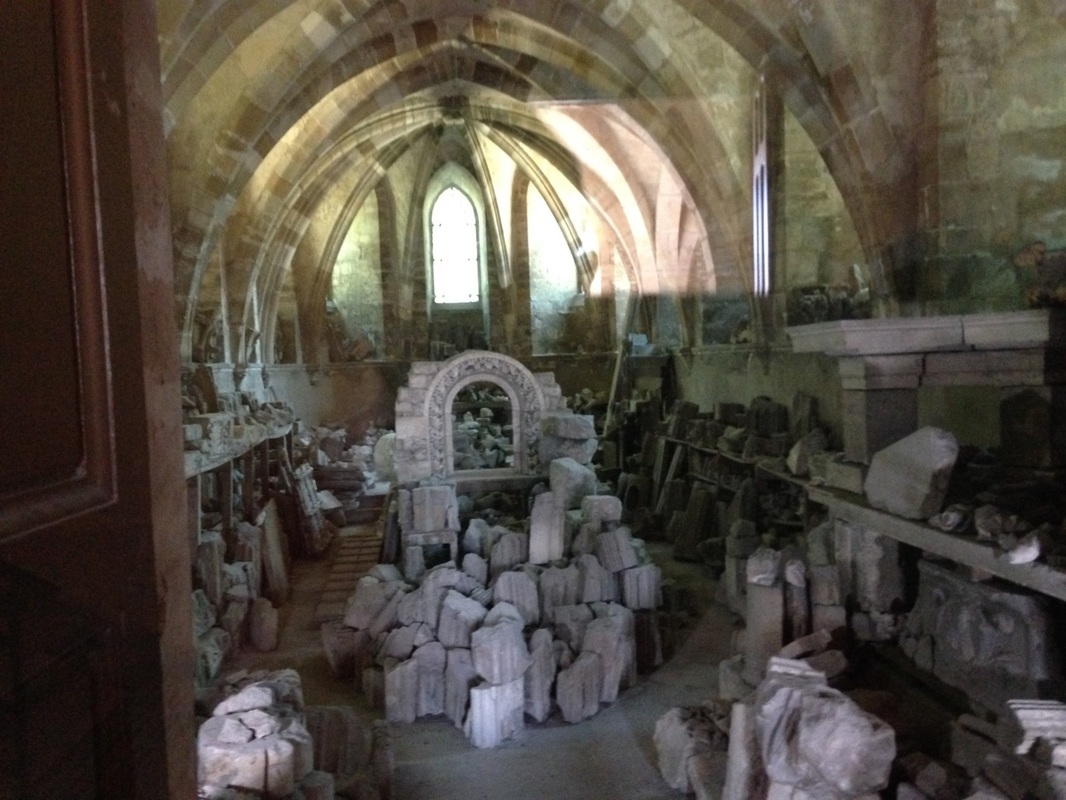
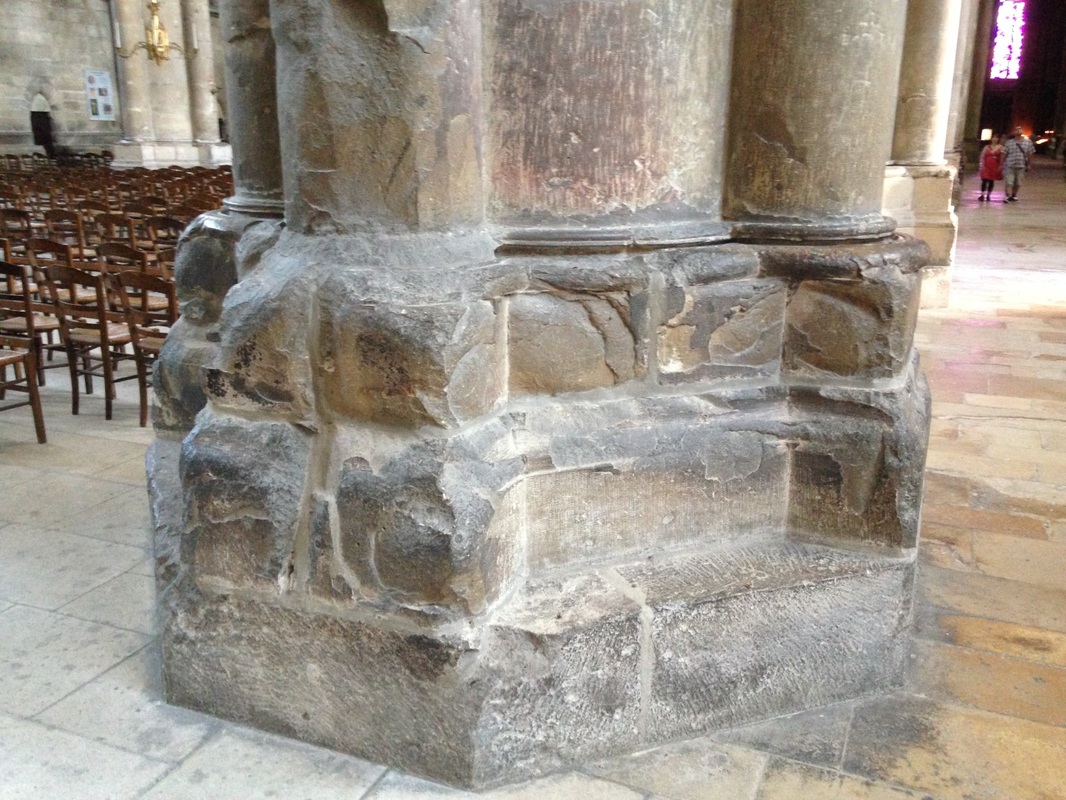
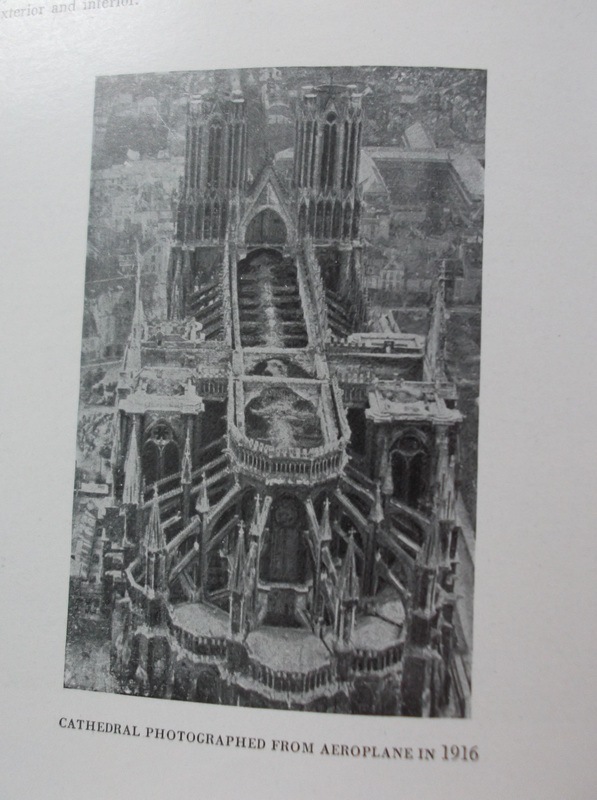
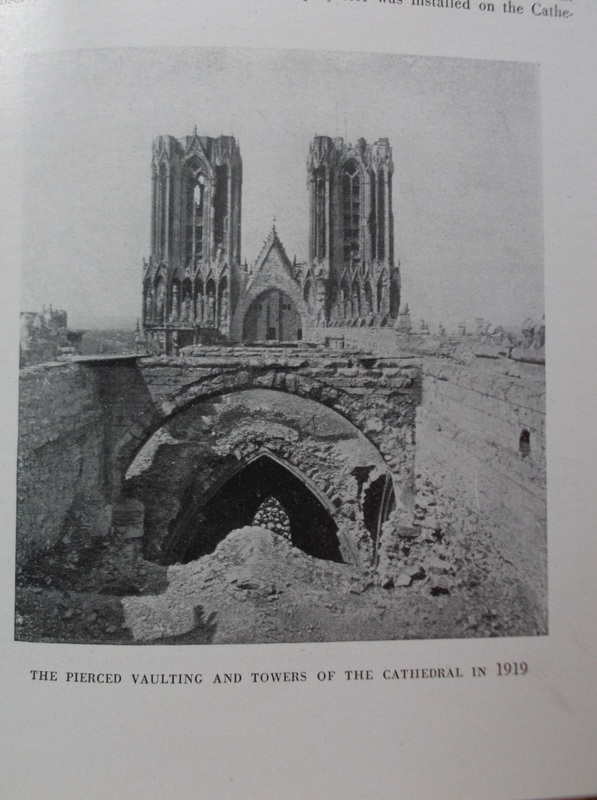
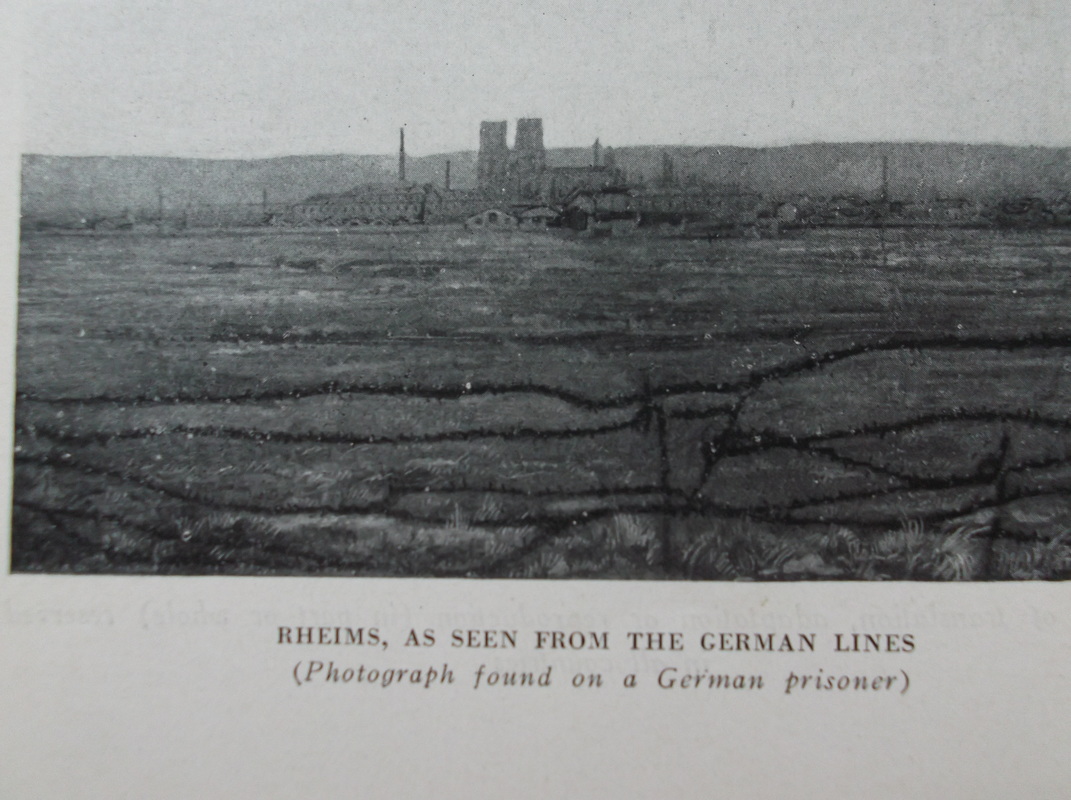

 RSS Feed
RSS Feed